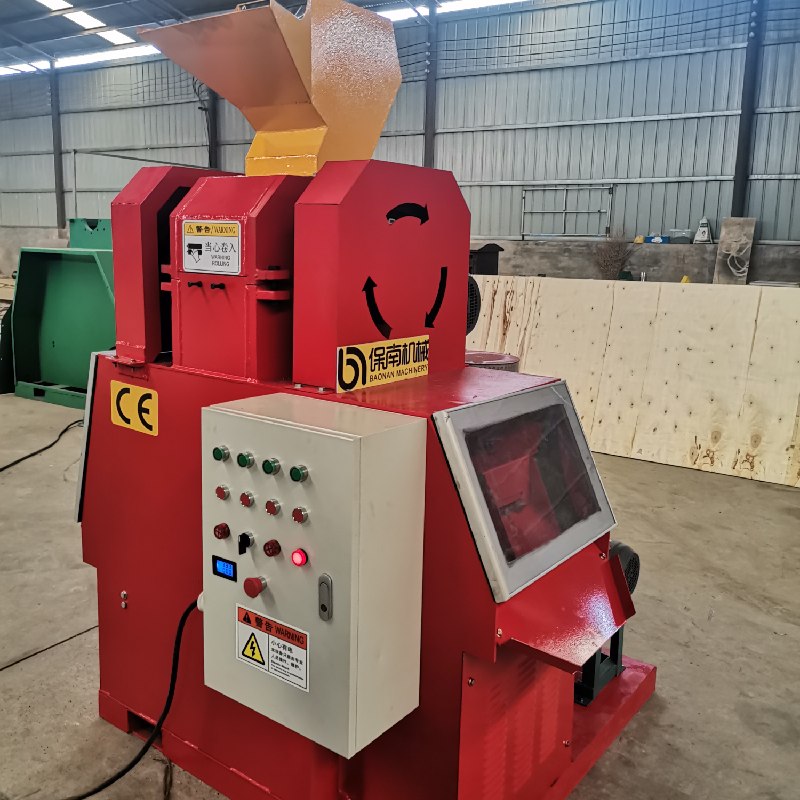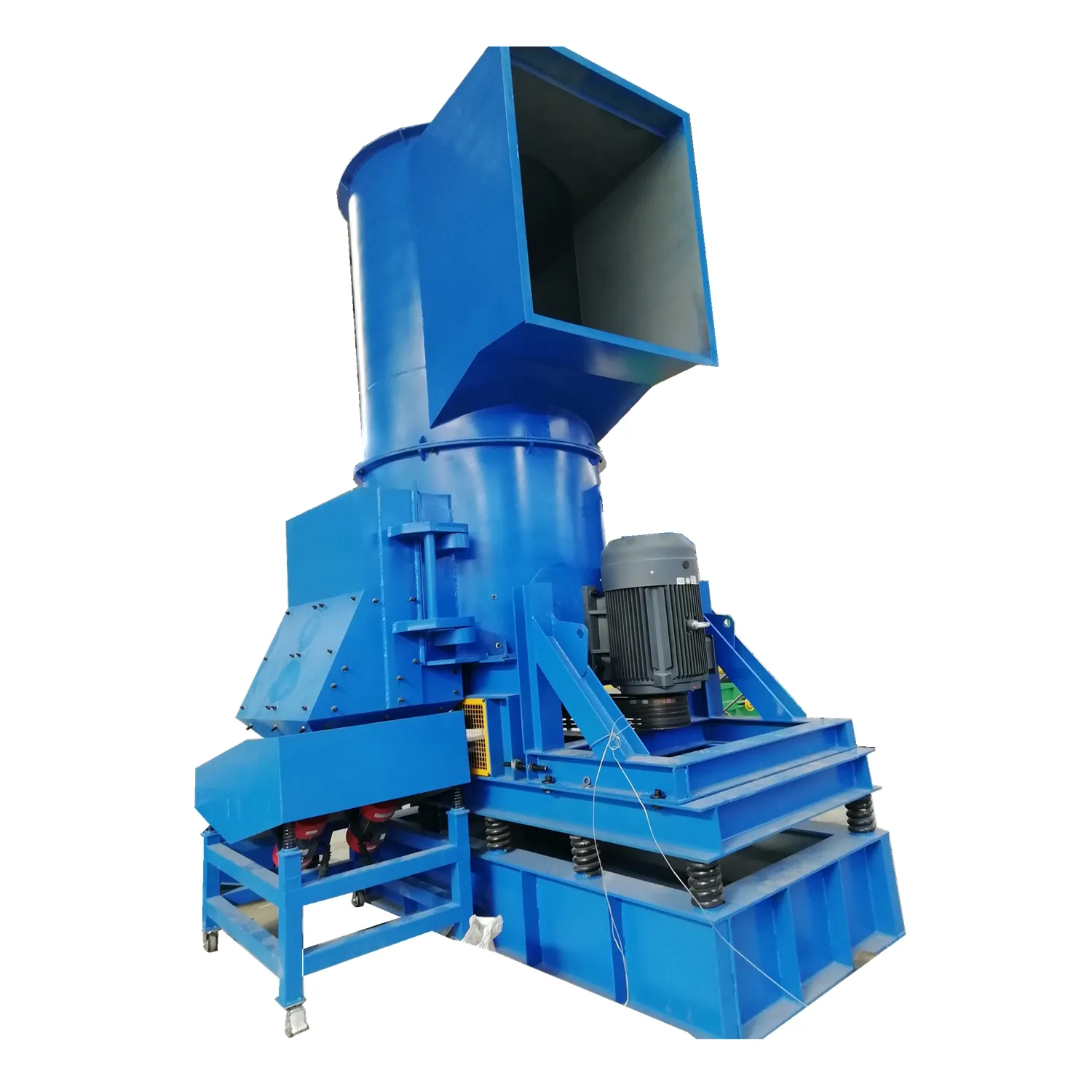Non-ferrous metal separation is a specialized domain that plays a critical role in various industrial processes. Effective separation of non-ferrous metals is essential not only for maximizing the value of recyclable materials but also for maintaining operational efficiency in industries such as electronics, automotive, and aerospace.

Having spent over two decades in the field of industrial recycling, my experience reveals that understanding the distinct properties of non-ferrous metals is crucial. Metals like aluminum, copper, and zinc exhibit unique electrical conductivity and magnetic characteristics. For instance, while these metals do not contain iron, making them non-magnetic, they possess excellent electrical conductivity. Hence, using methods like eddy current separation proves to be highly effective. This technology exploits the differential conductive properties of metals, allowing efficient separation through induced currents.
It's not just about having the right equipment; expertise in configuring these systems to match the material stream is paramount. When we implemented an integrated separation system in a recycling plant in Northern Europe, we tailored the equipment configuration to handle the specific throughput and material type. This customization increased the recovery rate by over 35%, highlighting the importance of system adaptability to specific operational environments.

The field of non-ferrous metal separation is continuously advancing, with significant innovations enhancing process efficiency and accuracy. Recent advancements include sensor-based sorting technologies. These systems use a combination of various sensors — like X-ray, infrared, and optical — to precisely identify and separate metals based on their physical and chemical properties. Having participated in field trials during the rollout of an advanced X-ray sorting machine, I can attest to the leap in sorting precision and efficiency it offers, especially in challenging mixed-material streams.
non ferrous metal separation
Credibility in this field is bolstered by aligning practices with industry standards. Compliance with international norms such as the European Directive on Waste Electrical and Electronic Equipment (WEEE) not only facilitates market acceptance but also assures customers of the process's environmental responsibility. During an audit of a U.S.-based recycling facility, adherence to such standards was a key factor in establishing trust with regulatory bodies and clients alike, ensuring continual operation without legal hindrances.
Building trust with stakeholders is also essential, and this is achieved by maintaining transparency in operations and fostering open communication. We engaged stakeholders through regular updates and reports on process efficiency and material recovery rates. By providing quantifiable results, the recycling plant was able to secure long-term contracts with suppliers and buyers, underscoring the value of trust in business sustainability.
In summary, successful non-ferrous metal separation hinges on a nuanced understanding of metal properties, deploying cutting-edge technology, adhering to regulatory standards, and fostering a trusted environment with stakeholders. Continual learning and adaptation to new technological advancements are vital for maintaining a competitive edge in this dynamic field. Each of these elements plays an integral role in optimizing the separation process, maximizing profitability, and contributing positively to the wider goal of promoting sustainable industrial practices.


